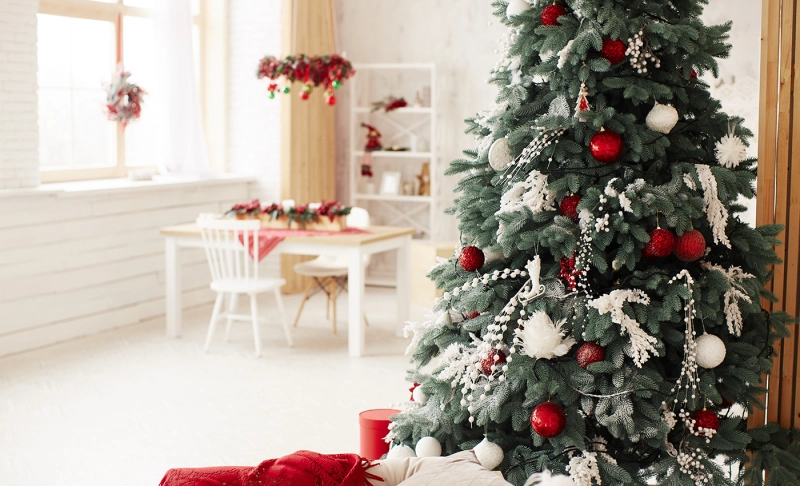By: Sunil Kumar
December 22 2020
Artificial Christmas trees were first developed in Germany around 1865, made of goose feathers that were dyed green and attached to wire branches.
Claim ID 2a0d261c
Artificial Christmas trees were first developed in Germany around 1865, made of goose feathers that were dyed green and attached to wire branches. Artificial Christmas trees are artificial pine and fir trees manufactured to use as Christmas trees. The earliest artificial ones were wooden, tree-shaped pyramids or feather trees, both developed by Germans. Most modern trees are made of polyvinyl chloride (PVC), but many other types of trees are available, including aluminum trees and fiber optic trees.
The artificial feather Christmas trees were originally developed in the 1880s in Germany. The custom in Germany during the 19th century was to chop off the tops of fir trees during the holiday season. According to historians, the deforestation tradition was eventually halted by-laws that regulated the cutting of live trees. The solution to the problem was the use of goose feathers, which were abundant during that period. A cottage industry soon arose, with the production of the simulated holiday trees.
In the 1930s, the Addis Brush Company created the first artificial-brush trees, using the same machinery that made their toilet brushes. They had an advantage over the feather tree where they could be heavily decorated. The Addis "Silver Pine" tree was patented in 1950. It was designed to have a revolving light source under it with colored gels -to shine in different shades as it revolved under the tree. In the 1980s and the 90s, more realistic artificial trees were created and have become very popular. In 2002, 70 percent of Christmas trees in American homes were artificial.



